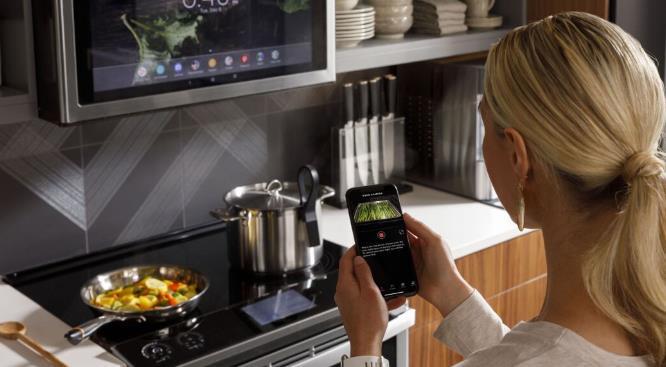Smart Home Appliances Market 2023-2030: A Comprehensive Study of Size and Share
The global market for smart home appliances continues to show promising growth, with a market size of USD 30.5 billion in 2021 and a projected Compound Annual Growth Rate (CAGR) of 8.4 percent during the forecast period. The rising popularity of smart homes, increasing home improvement projects, and rapid advancements in IT and wireless communications are driving the demand for smart home appliances worldwide. Factors such as the growing number of home improvement projects in Western countries and the surge in spending on home renovations due to rising home and mortgage prices have created a fertile ground for various smart products in the home applications market. The continuous development of electronics and communication technologies is expected to fuel dynamic growth in the smart home appliance industry. Additionally, increasing purchasing power and changes in people's lifestyles have led to a surge in demand for intelligent home appliances globally, particularly in urban areas with improving consumer lifestyles and rising disposable incomes.

Access Full Report: https://www.fairfieldmarketresearch.com/report/smart-homeappliances-market


Technological innovations play a crucial role in the growth of the smart home appliances market. Manufacturers are constantly developing and upgrading their products to cater to the tech-savvy consumer base. For instance, Siemens AG introduced new features such as ventilation, district heating, and air conditioning (HVAC) control to their smart home appliances, enhancing consumer convenience and comfort. Collaborations between key market players, such as Electrolux partnering with Google to integrate Google Assistant into their kitchen products, further expand the reach of smart home appliances.
The adoption of smart home appliances is driven by tech-savvy consumers who are willing to invest in the latest technology. As consumer purchasing power increases, the market is witnessing a range of innovative products from leading brands. For example, Utec announced
its Bolt WiFi smart lock, which provides secure and advanced keyless entry with built-in WiFi and Bluetooth, allowing users to control their doors remotely. The global smart home appliances market did experience a decline in product sales during the initial period of the COVID-19 pandemic. The disruption in the supply chain and reduced construction-related projects affected the industry. However, with changes in industry measures and the adoption of factors to improve market conditions, the market size has recovered from the pandemic and is now generating revenue.
The market is driven by several key factors, including the increased availability of wireless connectivity solutions that reduce cable usage and improve the operation of smart devices. Wireless protocols such as ZigBee and Z-Wave, along with existing technologies like Bluetooth and Wi-Fi, are contributing to significant technological advancements in the smart home appliances market. Additionally, integrating new technologies like Artificial Intelligence (AI) into smart devices has further accelerated market growth. AI-enabled appliances provide personalized and convenient experiences for consumers by identifying usage patterns, user preferences, and technology opportunities. Despite the positive growth outlook, the smart home appliances market faces certain challenges. End-user privacy concerns surrounding the collection of personal information by smart devices and smartphone apps remain a restraint on market growth.
The washing machine segment dominates the market due to technological advancements and the focus of major market players on eco-friendly appliances. Manufacturers like Whirlpool and Samsung are actively producing eco-friendly devices with high energy value to cater to the growing demand for sustainable products.
In terms of regional landscape, North America leads the market, driven by technically advanced infrastructure and increasing investment in smart grid projects. The Asia-Pacific region is expected to grow at the highest CAGR, with major smart device manufacturers such as Samsung Electronics, Panasonic, Haier Smart Home, and LG Electronics focusing on innovation in the region.
Key players in the global smart home appliances market include General Electric Company, Panasonic Corporation, Electrolux AB, LG Electronics Inc., Samsung Electronics Co., Ltd., Koninklijke Philips N.V., Apple Inc., Haier Electronics Group Co., Ltd., Miele & Cie. KG, BSH Hausgerate GmbH, and Whirlpool Corporation. As the market continues to evolve with technological advancements and consumer demand, smart home appliances are expected to become increasingly prevalent in modern households, offering convenience, energy efficiency, and personalized experiences for consumers worldwide.
Email: sales@fairfieldmarketresearch.com


